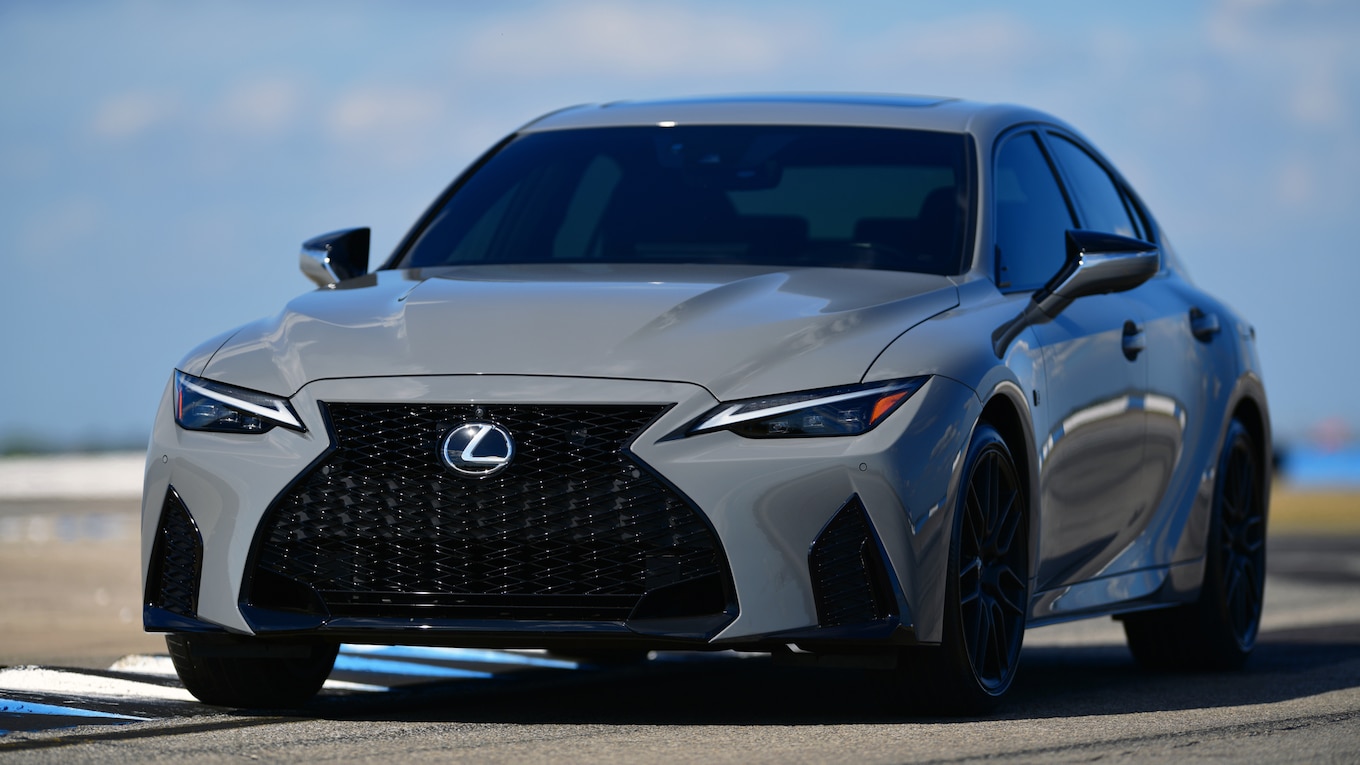Toyota made a "mistake" when the ESTEC engines were not given a new family name, hence the notion "Toyota is using 15-year-old engines" when most of them are very modern for mid-2010s ICE technology. ESTEC engines have very little parts commonality with previous generation (20-30%). In fact many car manufacturers have not caught up to ESTEC in efficiency even today.
Yes exactly. It is pretty much a brand new engine, really. Only the bottom end block is the same and rest is all-new. The engine code 2UR is what makes people think it is the same engine updated. When I drove the S65 E90 M3, I wanted a high-rev V8 from that day. Finally, when I was ready to buy an E90 M3 sedan, RCF came out. Though, it does not rev to 8200 rpm, I found it to be just as rev-happy, intoxicating. sonorous and intense as the S65 V8 especially with a full exhaust.
The S65 V8 was my benchmark when I drove the RCF first time. The biggest difference I found was, power delivery. Even though, RCF is about 300 lbs heavier, I found the power delivery a lot more powerful everywhere in the rev range in the 2UR. You can really feel the additional 100 ft-lbs of torque everywhere over 3000 rpm. On the other hand, it feels just as inertia-free as the S65 despite the 1.0 Liter additional displacement. The S65 engine was absolutely a laggard until 6500 rpm. After 4 years, I think now the 2UR is actually superior to the highly acclaimed and adored S65 V8. Lexus really created a masterpiece here.
Relevant to the thread, this is a list of all of the new things they released in 2015 for 2UR in the RCF press release. Rev limit was raised by 500 rpm to just under 7.5K.
The F Strikes Again: Lexus Unleashes the 2015 RC F, A 467 hp Firestorm on Forged Alloy Wheels

pressroom.lexus.com
New or redesigned parts include:
- Cylinder heads and cam covers
- Crankshaft: crank pin diameter, connecting rod big-end bearing size and crank counter-weight size are all reduced, to reduce reciprocating weight
- Crank main bearings and caps
- High-strength forged connecting rods
- Pistons and piston rings
- Titanium inlet and exhaust valves
- Intake manifold and throttle body
- Redesigned Variable Valve Timing-intelligent Electric motor (VVT-iE)
- Revised Lexus D-4S dual injection system
- Four-into-one exhaust headers and heat insulators
- Oil pan and baffle plate
- Alternator clutch system
- Engine and transmission oil coolers
- Spark plugs
Digging Into the Metal
- The new cylinder heads improve the 2UR-GSE engine’s breathing with improved porting and a high-flow/high tumble ratio. In addition, intake surge-tank capacity has been optimized, as have the intake manifold runner length and diameter.
- The new oil pan baffle shape reduces agitation and hence friction, while new air-to-oil coolers for the engine oil and transmission fluid increase track suitability.
- The Lexus D-4S dual-injection system has been redesigned, with higher injection pressure of 2,611 psi and improved fuel atomization.
- The throttle diameter was increased by 10 percent, from 3 to 3.3 inches (84 mm).
- A new intake camshaft profile increases valve lift and suits the Atkinson cycle, while improvements to the electronic VVT-iE system have expanded its range of operation for increased fuel economy and performance.
- New four-into-two exhaust headers help reduce interference and hence further improve engine breathing. The larger-diameter exhaust system is designed to reduce backpressure and sound amazing, especially under acceleration. At the same time, the main muffler keeps things from getting too rowdy at lower speeds.
- As a final touch, the new 2UR-GSE engine has a one-way clutch on the alternator pulley



